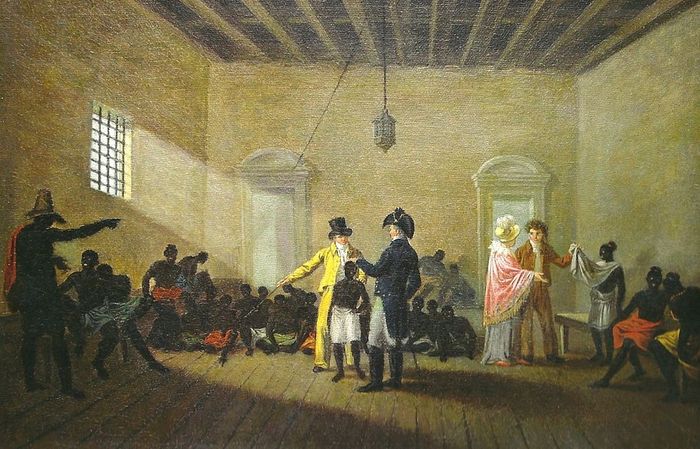Jonathan’s Leadership and Tragedy
Both Alexander I and Demetrius II sought allies, leading to favorable peace terms with the Maccabees. Jonathan became the civil and military governor of Judaea. Unfortunately, another contender for the Seleucid throne, Trypho, murdered Jonathan in 142 B.C Parthian Expansion and Seleucid Decline.
Simon Takes Charge
Mattathias’s last living son, Simon, continued Jonathan’s work. In exchange for Jewish support against Trypho’s rebellion, Demetrius II granted full independence, renouncing tribute claims. Simon became the hereditary high priest and king. However, his reign ended tragically; after defeating Antiochus VII, Simon was assassinated by his son-in-law Ptolemy, who aspired to the throne. Ptolemy was defeated by Simon’s son, John Hyrcanus I, who became the next king, leading Israel in new directions.
Parthia’s Philhellenic Period
Mithradates I (171-138) is considered the true founder of the Parthian Empire. Facing an invasion from Antiochus Epiphanes, Mithradates seized the initiative Tours Bulgaria Beglik Tash, conquering all of Iran and Iraq in a remarkable twenty-year campaign (160-140). Demetrius II, attempting to challenge Mithradates, was outmaneuvered, defeated, and captured, but Mithradates, displaying kindness, made him governor of Hyrcania and gave him a daughter in marriage. Portraying himself as the restorer of the Achaemenid empire to the Medes and Persians and as a friend to the Greeks, he earned the nickname “Philhellene” on his coins.








